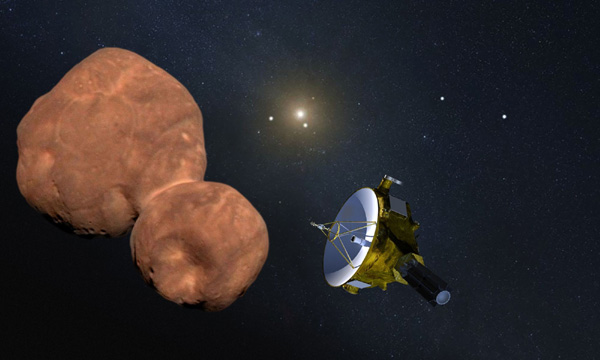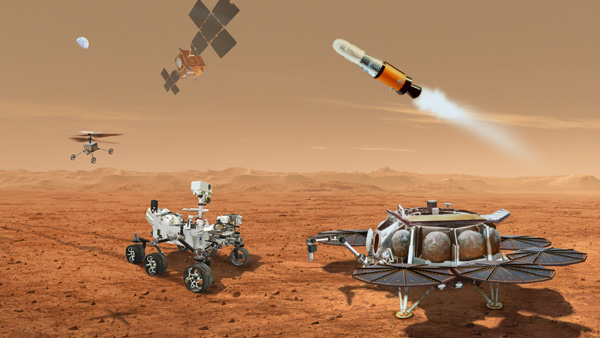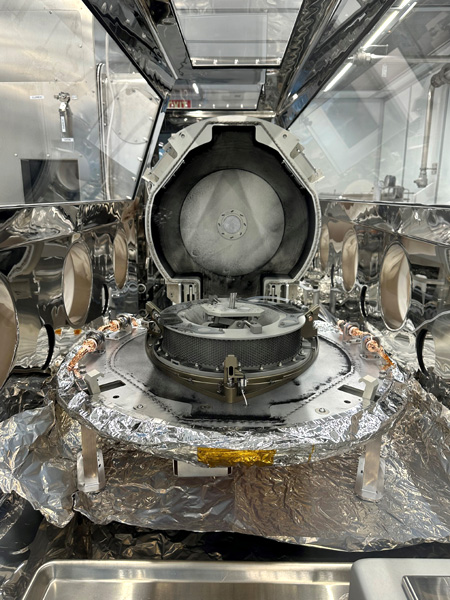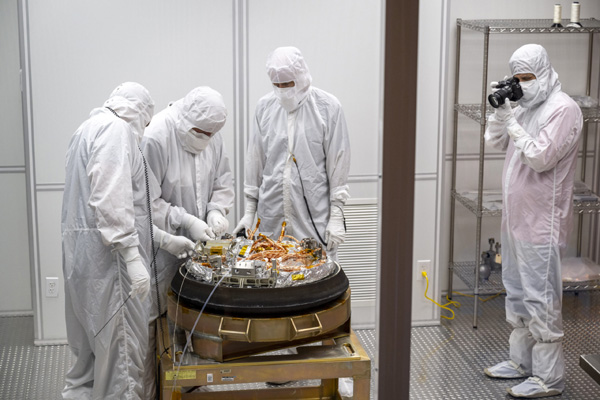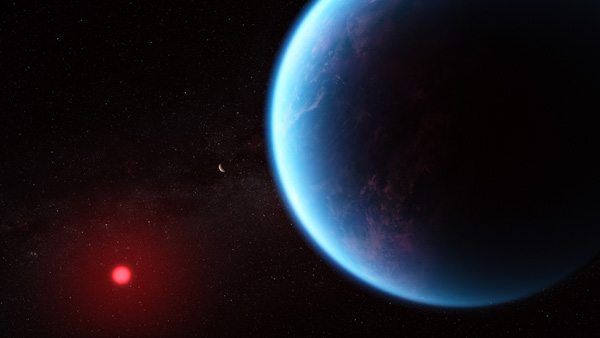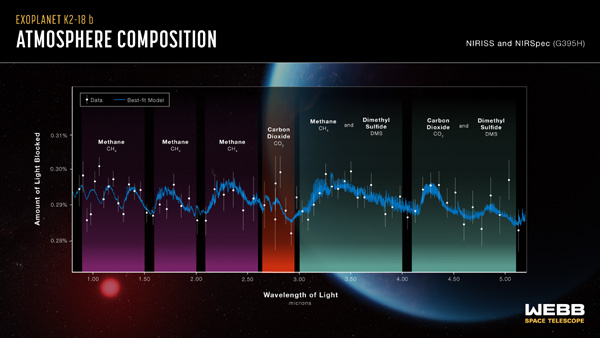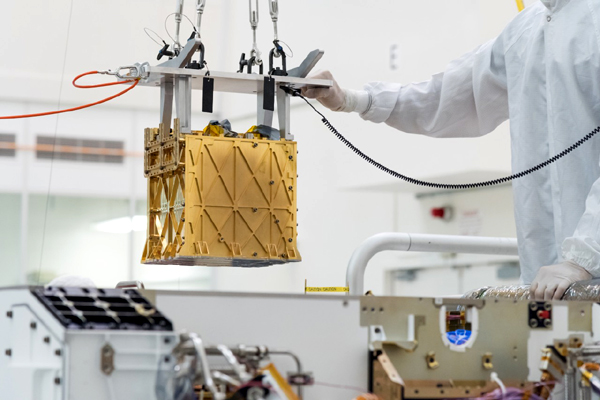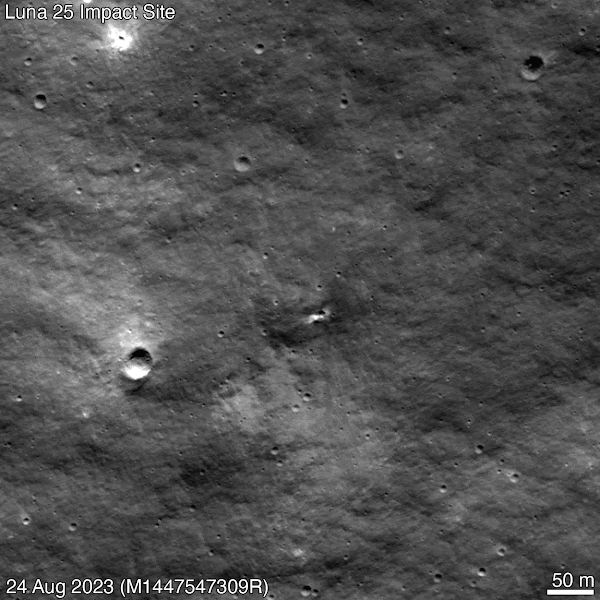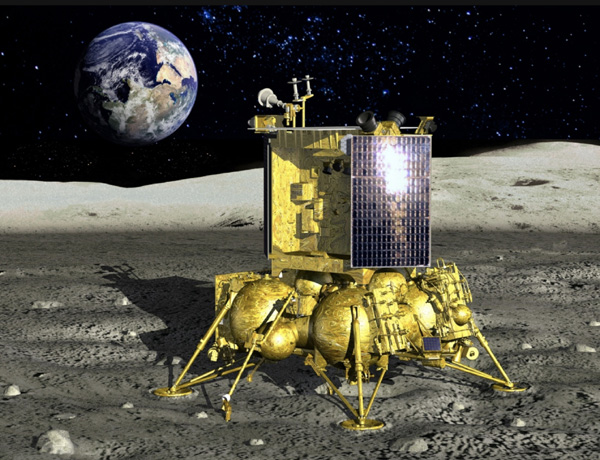
Intuitive Machines
Intuitive Machines Opens Lunar Production and Operations Facility at the Houston Spaceport and Confirms Lander Ship Date in the Coming Days (Press Release - September 29)
HOUSTON (GLOBE NEWSWIRE) -- Intuitive Machines, Inc. (Nasdaq: LUNR, LUNRW) (“Intuitive Machines”) (“Company”), a leading space exploration, infrastructure and services company, today opened its Lunar Production and Operations Center.
Located at the Houston Spaceport in Houston, Texas, the Intuitive Machines Lunar Production and Operations Center represents a new lunar access capability for the United States, NASA and global commercial partners. Construction on the site began in June 2021, with the now-completed facility ready to support each of Intuitive Machines’ three NASA-awarded missions.
Designed to support each of the Company’s four core business units, the Lunar Production and Operations Center serves as the pivotal bridge between the Earth and the Moon, enabling sustainable, safe and efficient human and robotic space exploration.
At a press conference held today, Intuitive Machines confirmed that its first mission lunar lander, Nova-C, will be shipped from the new facility in the coming days ahead of its upcoming launch. The mission to deliver NASA and commercial payloads to the Moon’s south pole marks the United States' first attempted soft landing since Apollo 17 in 1972.
“The Moon is no longer a distant dream; it’s a destination within our grasp, and this facility is our lunar gateway – a national asset,” said Steve Altemus, Co-Founder, President and Chief Executive Officer of Intuitive Machines. “We’re proud that the United States' return to the Moon will have Houston, Texas, stamped on the shipping container that will leave this facility for launch, and we look forward to working under a roof that matches the technical excellence our employees demonstrate each day.”
“The opening of Intuitive Machines’ facility at the Houston Spaceport was made possible by the tireless support of teammates like Burns & McDonnell, the Houston Airport System and Griffin Partners,” said Jack Fischer, Vice President of Production and Operations at Intuitive Machines. “The thought and support provided by our partners built a perfect home that can grow with us, removing barriers for our company to reach its potential. In that spirit, we’ve left several walls that are simply white; they are empty pages in a future history book. One which we look forward to writing from our new home in Space City.”
“Houston has always been a city that reaches for the stars, and with Intuitive Machines operating at the Houston Spaceport, our city is poised to shine even brighter in the cosmos,” said Mayor Sylvester Turner. “Aerospace is more than a source of pride for our city; the innovation here is just another example of why the Houston economy is thriving. Intuitive Machines is fueling high-paying jobs, fostering innovation, and attracting talent and investment from every corner of the world.”
“Today’s celebration confirms that Houston is home to the fastest growing commercial spaceport on the planet and is also home to the first and only 5-Star airport in North America,” said Mario Diaz, Director of Aviation for Houston Airports. “The skies and the stars are fast converging, and the merger is reshaping the way we think about travel, innovation and human potential. We are delighted to join Intuitive Machines in endeavoring towards a future where humanity’s reach extends even further than we can dare to imagine today.”
“When your business is lean and your goal is to be the first private company in history to land on the Moon, your only choice is to pioneer something new,” says Leslie Duke, Burns & McDonnell CEO-elect. “Our work is always about more than buildings; it is about solving our clients’ challenges. While Burns & McDonnell is not designing or constructing lunar landers, we have built the propulsion, processing, testing, technology, research and manufacturing facilities needed to empower Intuitive Machines to focus safely on opening access to the Moon for the progress of humanity.”
Source: Intuitive Machines

